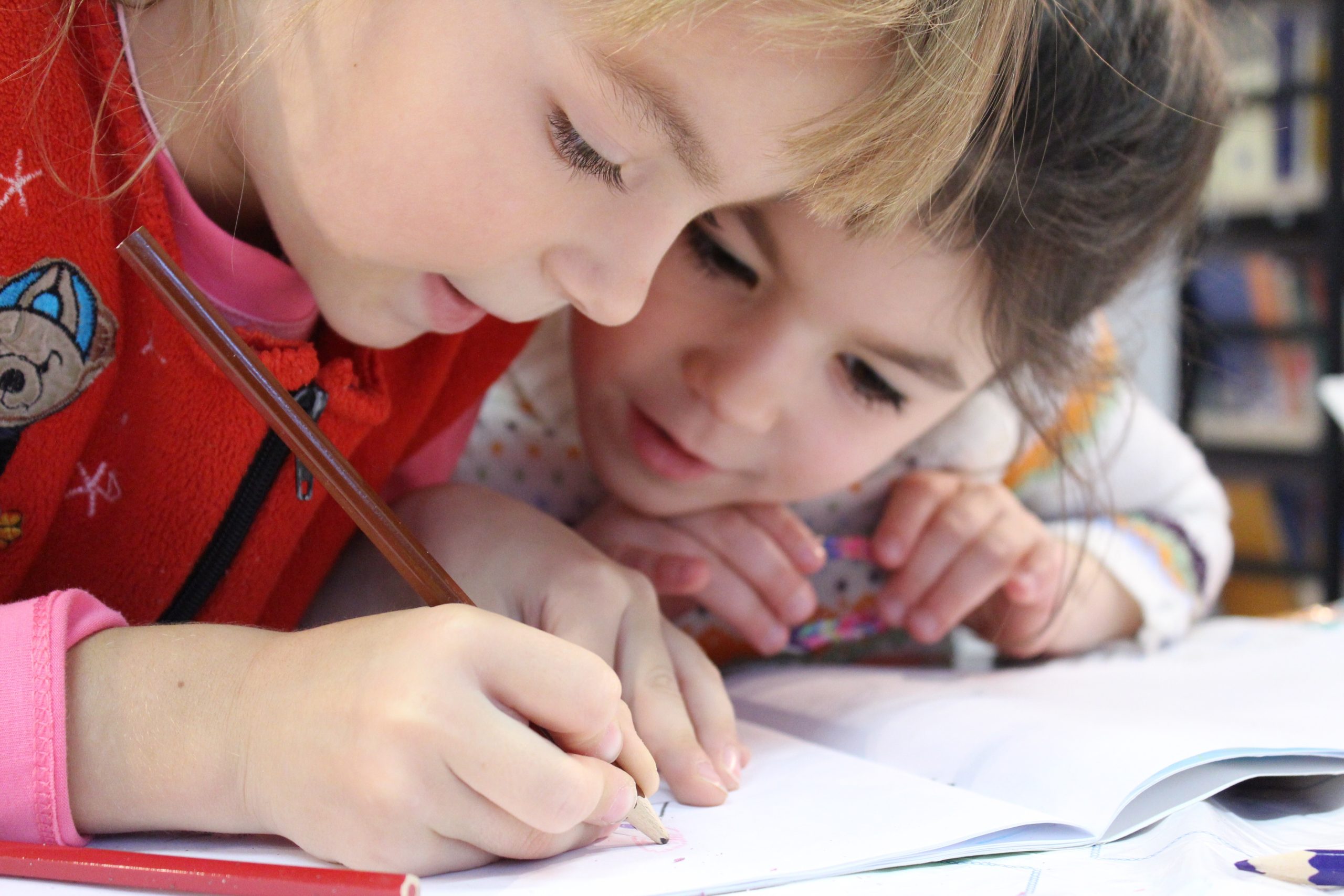by Maureen McDermid
Parents play a vital role in the education of their children with special needs by working in partnership with educators and other service personnel.
Ministerial Order 150/89, the Special Needs Students Order, requires that parents be offered a consultation regarding the placement of their student with special needs.
Parents of students with special needs know a great deal about their children that can be helpful to school personnel in planning educational programs for them.
Schools are therefore advised to involve parents in the planning, development and implementation of educational programs for their children. This consultation should be sought in a timely and supportive way, and the input of parents respected and acknowledged.
Responsibilities of Schools
A school board/independent school must ensure that an Individual Education Plan (IEP) is designed for a student with special needs as soon as practical after the school identifies the student as having special needs, or the parent produces documentation of assessment of a special need.
A school board must ensure that the IEP is reviewed at least once each school year, and where necessary, is revised or cancelled.
A school board must offer the parent of the student, and where appropriate, the student the opportunity to be consulted about the preparation of the IEP.
An Individual Education Plan (IEP) is a documented plan developed for a student with special needs that describes individualized goals, adaptations, modifications, the services to be provided, and includes measures for tracking achievement.
Who must have an IEP?
All students with special needs must have an IEP.
The IEP document does not describe every aspect of the student’s program. It makes reference to those aspects of the education program that are adapted or have been modified, and identifies the support services to be provided. IEP learning outcomes are often described as goals and objectives.
An IEP must have one or more of the following:
• the goals or outcomes set for that student for that school year where they are different from the learning outcomes set out in an applicable educational program guide; or
• a list of the support services required to achieve goals established for the student; or
• a list of the adaptations to educational materials, instructional strategies or assessment methods.
An IEP should also include the following:
• the present levels of educational performance of the student;
• the setting where the educational program is to be provided;
• the names of all personnel who will be providing the educational program and the support services for the student during the school year;
• the period of time and process for review of the IEP;
• evidence of evaluation or review, which could include revisions made to the plan and the tracking of achievement in relation to goals; and
• plans for the next transition point in the student’s education (including transitions beyond school completion) and linkages to Graduation Portfolio during Grades 10-12.
Assessment
The purpose of assessment and evaluation is to plan and implement an educational program to help the student learn. The assessment support may include:
• systematic observation and collection of behavioural data to establish baseline/progress data, or describe functional behaviours;
• synthesis of information from parents, student records, other service providers, and health-related information to aid the assessment process; and
• in-depth interviews with students to determine their knowledge of the learning process and/or thinking strategies;
• criterion-referenced or norm-referenced assessment as appropriate to answer questions about how best to provide instruction or support.
Source: Special Education Services: A Manual of Policies, Procedures and Guidelines, September, 2013




